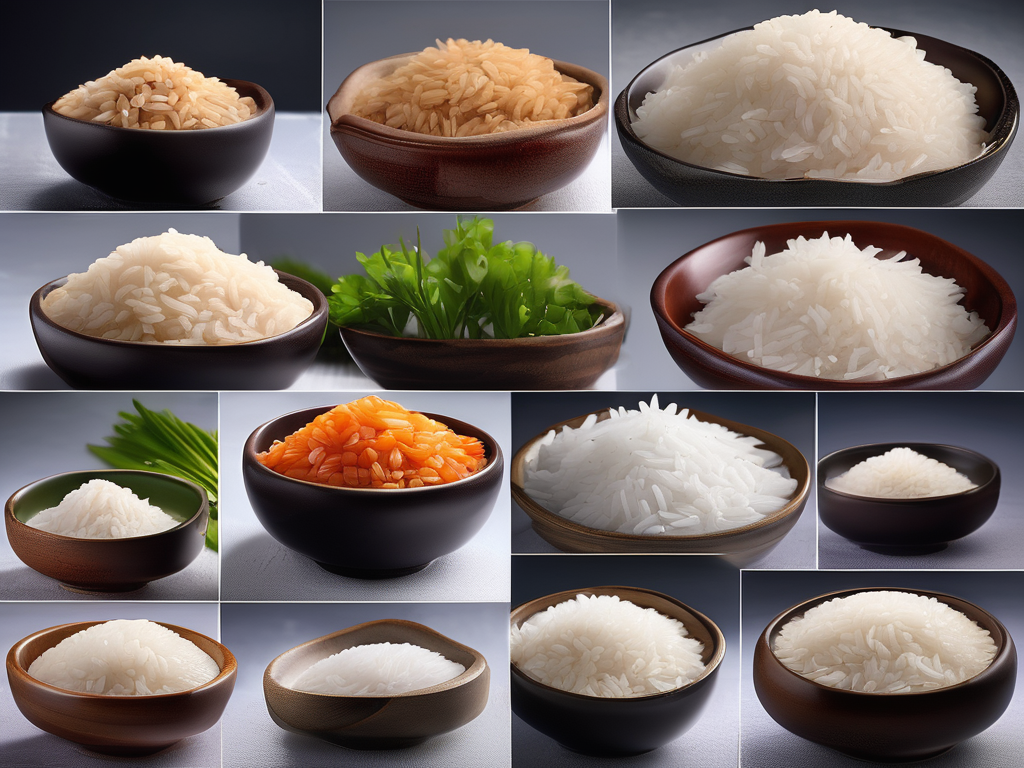
Extending the Shelf Life of Chicken and Rice Baby Food without Preservatives
Get Your Free Food Safety Cheat Sheet
30 most common foods with instant answers. Print it and stick it on your fridge—completely free!
Extending the Shelf Life of Chicken and Rice Baby Food without Preservatives
Are you a parent looking to provide your little one with nutritious and homemade chicken and rice baby food? Making your own baby food allows you to control the ingredients and ensure that your baby is getting the best nutrition possible. However, without preservatives, it can be challenging to keep homemade baby food fresh for an extended period. In this blog post, we will explore how you can extend the shelf life of chicken and rice baby food without the use of preservatives. (Rice)
Why Homemade Baby Food?
Before we dive into the specifics of extending the shelf life of chicken and rice baby food, let's first understand why homemade baby food is a popular choice among parents:
- Nutritional Content: Homemade baby food allows you to use fresh and high-quality ingredients, ensuring that your baby receives essential nutrients.
- Control Over Ingredients: By making your own baby food, you have control over what goes into your baby's meals, avoiding additives and preservatives often found in commercial baby food.
- Cost-Effective: Making baby food at home can be more budget-friendly compared to purchasing pre-packaged options.
- Taste and Texture: Homemade baby food often tastes better and allows you to customize the texture to suit your baby's preferences and developmental stage.
Tips for Extending Shelf Life
Proper Cooking and Storage
- Cook Thoroughly: Ensure that the chicken and rice are cooked thoroughly to kill any harmful bacteria that could cause spoilage.
- Use Fresh Ingredients: Start with fresh and high-quality ingredients to prolong the shelf life of the baby food.
- Sterilize Utensils: Sterilize utensils and containers before preparing and storing the baby food to prevent contamination.
Storage Guidelines
- Refrigeration: Store the baby food in airtight containers in the refrigerator for up to 2-3 days.
- Freezing: Freeze portions of chicken and rice baby food in ice cube trays for easy portioning. Transfer the frozen cubes to a freezer-safe bag for longer storage.
- Labeling: Clearly label containers with the date of preparation to track freshness.
Thawing and Reheating
- Thaw Safely: Thaw frozen baby food in the refrigerator or using the defrost setting on the microwave. Avoid thawing at room temperature to prevent bacterial growth.
- Reheating: Heat the baby food thoroughly before serving, ensuring it reaches a safe temperature to kill any bacteria.
Monitoring Freshness
- Smell and Appearance: Check the baby food for any off smells or changes in color or texture, indicating spoilage.
- Taste Test: If in doubt, do a taste test before feeding the baby to ensure the food is fresh and safe to eat.
Safety Precautions
Avoid Cross-Contamination
- Separate Utensils: Use separate cutting boards, knives, and utensils for raw chicken to prevent cross-contamination with other ingredients.
- Hand Hygiene: Wash hands thoroughly before and after handling raw chicken to reduce the risk of spreading bacteria.
Temperature Control
- Refrigeration: Keep the baby food refrigerated at 40°F (4°C) or below to slow down bacterial growth.
- Freezing: Ensure the freezer temperature is set to 0°F (-18°C) or lower to maintain the quality of the frozen baby food.
Conclusion
By following proper cooking techniques, storage guidelines, and safety precautions, you can extend the shelf life of chicken and rice baby food without the need for preservatives. Homemade baby food offers a nutritious and wholesome option for your little one, and with the right practices, you can ensure that it remains fresh and safe for consumption. Remember to always prioritize food safety when preparing meals for your baby, and enjoy the satisfaction of providing homemade goodness with peace of mind. (Rice)
Authoritative Food Safety References
These agencies and university labs inform every tip and health precaution we publish.
USDA FoodKeeper – Cold Storage Guidelines
Official refrigerator, freezer, and pantry timelines maintained by the U.S. Department of Agriculture.
Visit USDA FoodKeeperFDA Produce Safety Rule & Grower Guidance
Field-to-fridge handling practices that prevent contamination of fruits, vegetables, and leafy greens.
Visit FDA Produce SafetyCDC Foodborne Illness Prevention Hub
Surveillance-backed guidance on pathogens, symptoms, and steps to reduce foodborne illness risk.
Visit CDC Food SafetyUC Davis Postharvest Technology Center
University research detailing optimal storage atmospheres for produce after harvest.
Visit UC Davis PostharvestPenn State Extension – Home Food Preservation & Safety
Peer-reviewed extension bulletins on safe canning, chilling, and reheating practices.
Visit Penn State ExtensionGet Your Free Food Safety Cheat Sheet
30 most common foods with instant answers. Print it and stick it on your fridge—completely free! Want more? Upgrade to the complete guide with 70+ foods.
Scan your food directly and get instant safety info using our AI-powered camera feature.